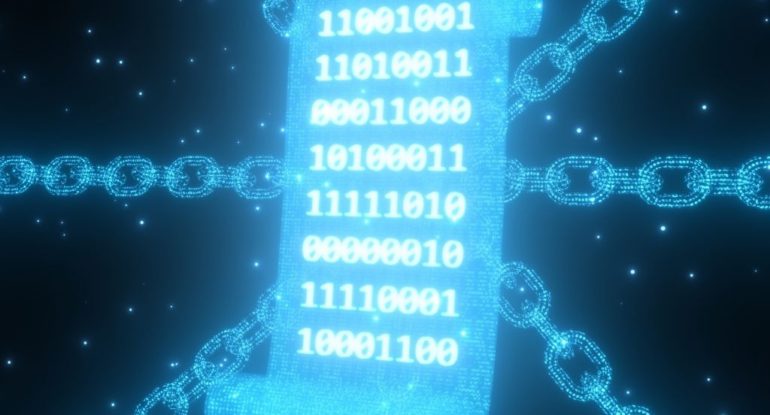How blockchain technology can lead us to a corruption-free world

Blockchain technology could increase the fairness and efficiency of government systems while reducing opportunities for corruption. It could improve the transparency in banking systems, avoiding you from losing your money to corruption. The emerging technology can also enhance property and land registry systems, streamlining lengthy processes and protecting people’s rights. So, let us discuss a couple of examples of how you can use blockchain technology to do good in the world.
A timeline and history of blockchain technology
- Land Record System:
There are so many pending cases regarding land record systems where people buy land and that land ownership is transferred to someone else. This happens because there is a corrupt person, usually an official who decided to accept some money and make changes to the land record registry. This is a very prominent problem.
With blockchain, there is something known as a central ledger. So, there is a central repository. Every relevant party who is buying the land or selling the land can see the complete record of that land. You cannot make changes to the past data that has already been entered into this ledger. That is the first key feature of blockchain. The second key feature of blockchain is that blockchain technology is not owned or controlled by anyone. Now, all the changes that are being made to this ledger can be seen by all the parties. That is what ensures trust in the blockchain. Moreover, no one controls the blockchain. Once the data is added, you cannot pay someone a bribe and make them change the system. They won’t be able to change this on a blockchain network.
Also, read – How to build a successful testing strategy for a blockchain project?
- Banking System:
On the blockchain, all the relevant parties can actually see that transaction. The best part about blockchain is that systems can be designed that can improve upon the existing systems. For example, in a banking system, so many intermediary parties have to get involved. This is the reason why, if you spend $500 to somebody in the US from India, they will only get $460-$470. Blockchain can improve the efficiency of such transfers. This again solves the corruption problem because when the government sends money to a beneficiary, for example, to the poor population, they end up receiving only 95% of the amount because of the commissions paid to the intermediaries. Now, this eats into the corruption problem because we don’t know what the friction of that entire system is. With blockchain, we can remove all these intermediaries and that leads to a less corrupt world.
The potential gains from blockchain are substantial, yet as a new technology, there are many challenges in designing and implementing blockchain-based applications. This is why it is imperative for large institutions such as governments to deploy blockchain-based applications in a timely fashion and reap the benefits.




























































